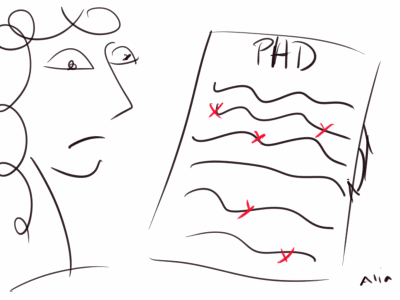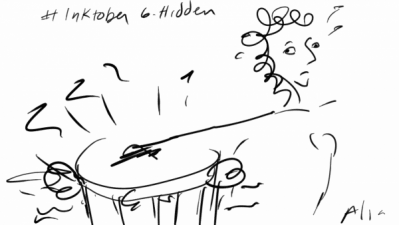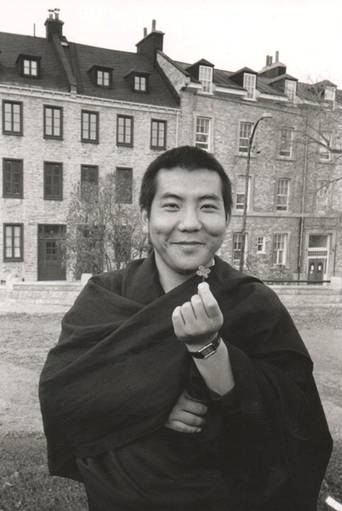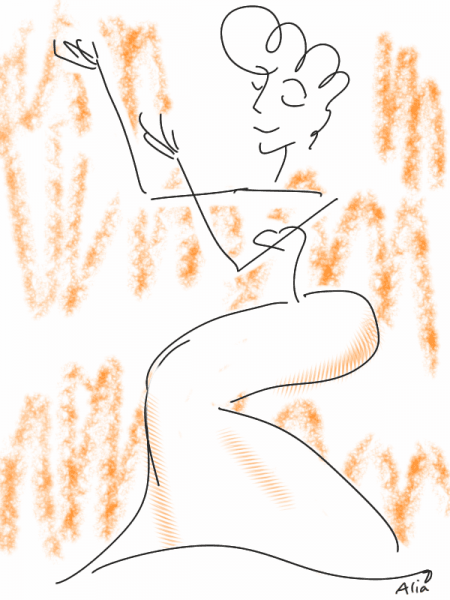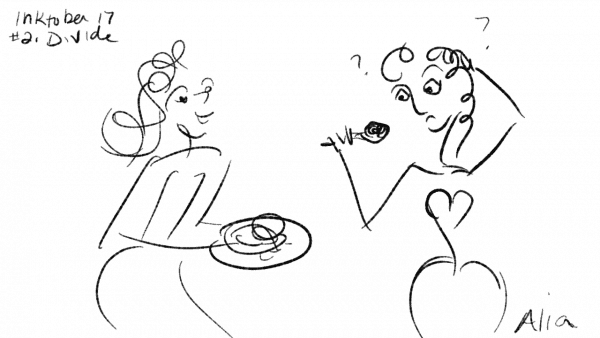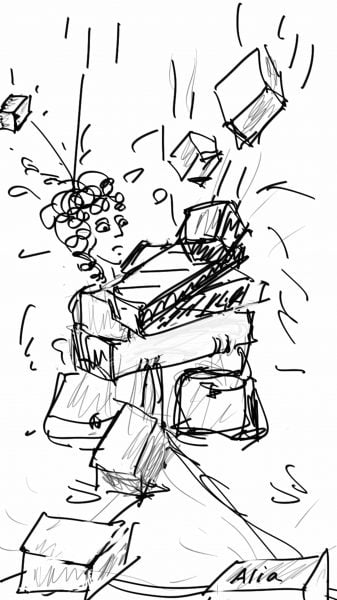Imagine, you’re dancing along and suddenly you have a better idea. So you go with it. Then you have another. But that one’s not so good, so you switch to something else. Then another, and… It’s like a bad dream. In a split second you are trapped in your head, worrying and thinking. How can we transition gracefully between moves during improv?
Structure, Timing, and Relaxation
Structure
Music has structure. Even a taqsim with no rhythm has structure. We make our transitions in accordance with this structure. We make them between the phrases. Between the measures. This is why we listen to so much music, so we can intuit the structure. This is why we want to know our songs, so we have an idea of when the changes come. It’s fun to dance blind to music we never heard before, but it’s all the listening we have done in the past allows us to do this.
Where is the most organic place to change? Every song, every section, every phrase, every beat has a beginning, middle, and end. There are verses and choruses, calls and repeats, rules of 4, etc. And there is almost always a change at every 4 measures. That is a great place to switch. (Some songs have 3 measure phrases, some two, and some have sections with longer phrases—it doesn’t matter.) The end of a phrase (or a measure) is the best place to switch. You will always look in synch.
Timing
(a quick lesson on music).
So here comes the end of the phrase—what do you do? You switch on the and, usually between the 4 at the end of one measure and the 1 at the beginning of the next.
The rhythm can be broken down verbally to accommodate all these notes. For example, 1(and 2 and 3 and 4 and) 2(and 2 and 3 and 4 and) etc. In music, it’s often phrased thus: 1 a-and-a 2 a-and-a 3 a-and-a 4 a-and-a.
Music can have lots of notes per measure, but the base measure is usually 4 counts. (Most of our music is 4/4. There are many other time signatures—3/4 is waltz time, 9/8 is karsilama, etc, in which case the base count is different). Each count can also be divided up to fit many notes in the measure (see below for more).
Here’s the music for Ah Ya Zein. The horizontal lines show which note to play. The vertical lines show the demarcation between each measure.

And here’s Ah Ya Zein in person. https://www.youtube.com/watch?v=C3tt_KvAz4o It’s being played as a 2/4. You can hear the ayyoub rhythm under the melody going dum, ka dum tek; dum, ka dum tek— 1, and2, and 1, and2, and . You would change on the final and (after the 2), so you are ready to go on the 1.
|
1, |
and |
2 |
and |
|
dum, |
ka |
dum |
tek |
Here’s a maksoum beat: dum tek, tekka tek, dum tekka tek, (tekka). This translates to 1 and 2 and 3 and 4 and. 1 and 2 and 3 and 4 and. That last and is the place where you change.
|
1 |
and |
2 |
and |
3 |
and |
4 |
and |
|
dum |
tek |
tekka |
tek |
dum |
tekka |
tek |
(tekka) |
A drummer will often play that last bit of the phrase differently. They may play more or fewer beats, speed up or slow down—for they are also signaling the change to the rest of the musicians. And if there is to be a change in rhythm, they will signal that quite vigorously, often with a series of dums, as they have to adapt as well. Understanding the rhythm helps us feel this most basic structure of the music (the melody brings us to the higher levels of structure).
Relaxation
While you wait for the moment, relax. Relaxation is the key to everything. The more we get chased by worry and stress, the harder everything gets. When we feel stressed in dance, it’s time to slow down and start Rhythmic Breath. Breathe with the music and slow down. Whatever you are doing, no matter how fast the music, intentionally relax. Remember to enjoy yourself. This alone is radical.
When we are relaxed, suddenly everything is possible. Everything is easier. Everything is more enjoyable. When we slow down before a change, we get to see the change coming. The space around the change between phases opens up like sunny day. It becomes easy to pass through the change, even gracious.
As you find the spaces in the rhythm, you can change even more frequently. Try changing with every measure, every beat even, as in stop motion. Tribal fusion does this a lot, and it can make for some nice accents. But remember the melody, too. The rhythm is the most basic part of the music. The melody is a heavenly palace of textures and warm breezes to waft you along.
Keep it relaxed! Too many changes wears everyone out, including the dancer. The music repeats—so can you. Take the time to explore and enjoy each section. People want to have a good time. When dancers relax and enjoys themselves, so do the people.
Take your time. Connect to the rhythm. Express the melody. Enjoy your dance.
Love,
Alia
PS Want a more structured approach? An actual class? I invite you to check out
Embodiment: Musicality for Belly Dance
A fun, easy way to to embody the music.


